Ryegrass, Beef Builder Forage Annual
$47.00 /50lbs. (50 pound bag)
Improvement over annual for grazing, especially in rust prone areas (high rainfall).
Out of stock
Improvement over annual for grazing, especially in rust prone areas (high rainfall).
| Grow Height | Cold Tolerance | Minimum Rainfall |
Planting Rate Acre |
| 2-3′ | Good | 25″ | 25 lb. |
| Weight | 51 lbs |
|---|---|
| Dimensions | 29 × 17 × 7 in |
Be the first to review “Ryegrass, Beef Builder Forage Annual” Cancel reply
You must be logged in to post a review.
Related products
Native bunch grass that spread by short rhizomes and good root depth. Shade tolerant.
Largest use is turfgrass. Used to overseed warm season turf. In adaptable regions plant 2-10 lb. per 1000 sqft.
Native, cool season perennial. Prefers moist soils, high soil fertility, heavier soil textures, and it is shade tolerant. It can be found scattered on shaded banks, along fencerows and in open woodlands.
Good all-around warm season grass for turf, pasture and erosion control. Low growing, disease and insect resistant that once established, it is drought, heat and salt tolerant and will withstand a lot of abuse.
Annual legume and the source of guar gum. Assumed to have developed from the African species Cyamopsis senegalensis.
Good hay, grazing with management. Do not over graze - Prussic Acid Poison.
Fairly large, ragged bunchgrass that was introduced from Africa for cattle forage.
Largest use is turfgrass. Used to overseed warm season turf or as primary turfgrass. In adaptable regions plant 2-10 lb. per 1000 sqft.
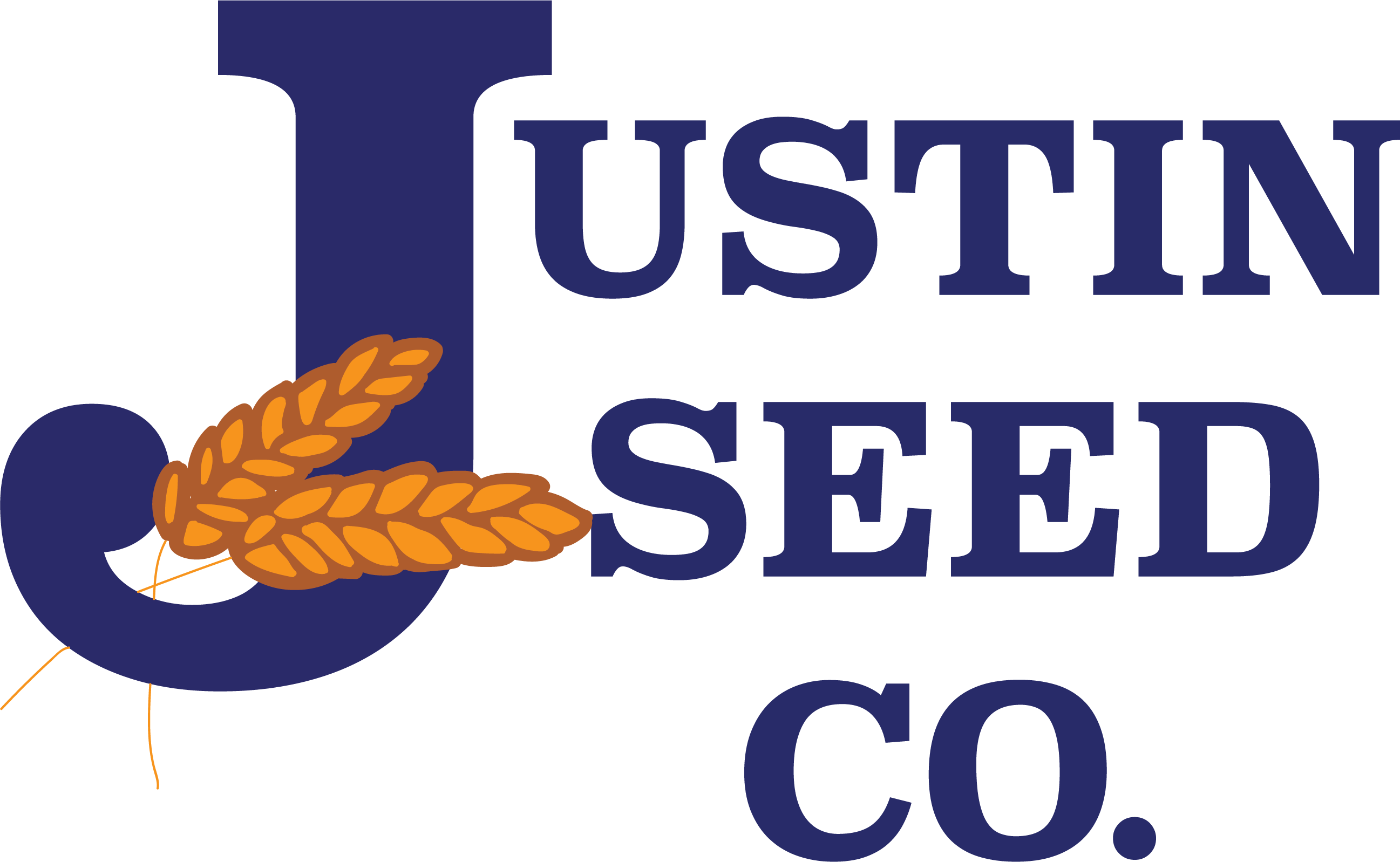
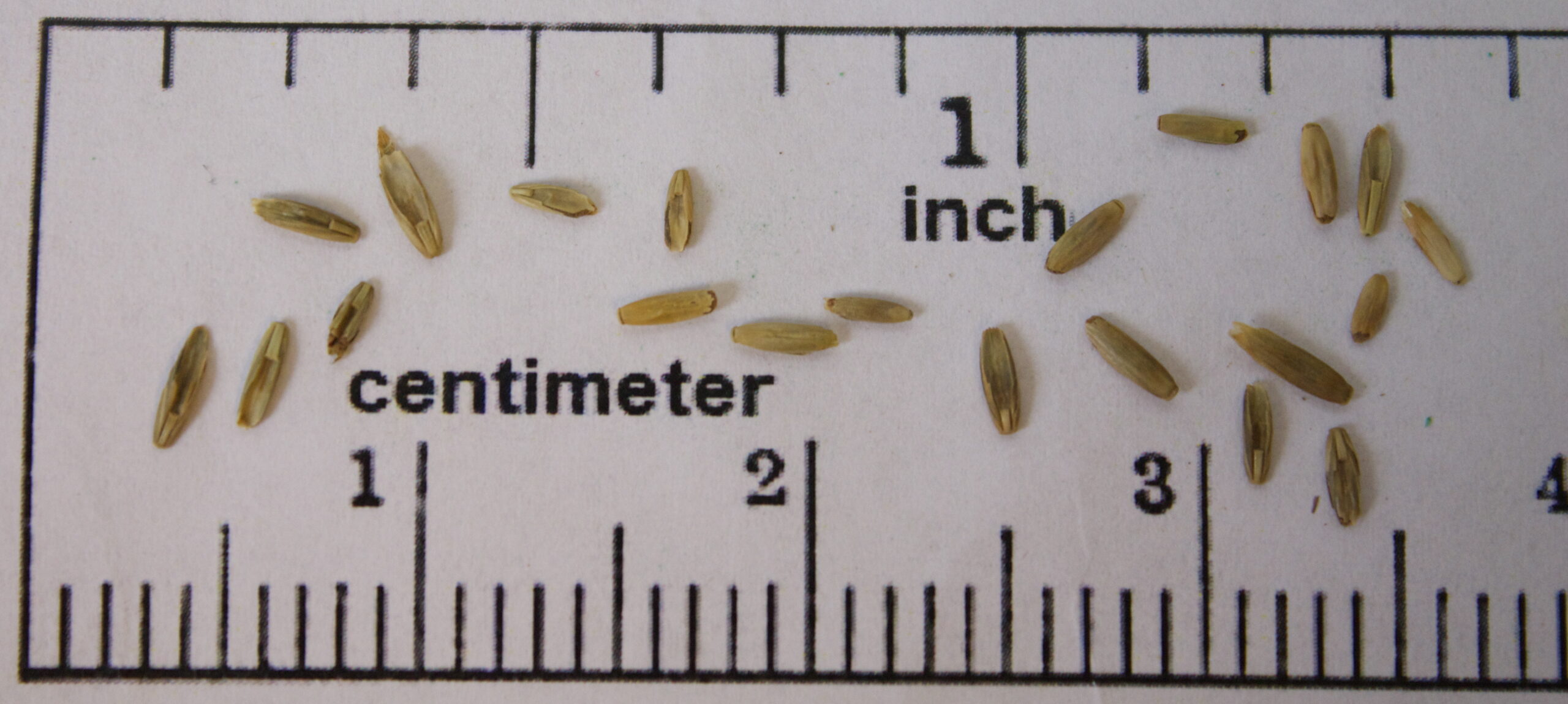
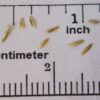
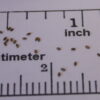
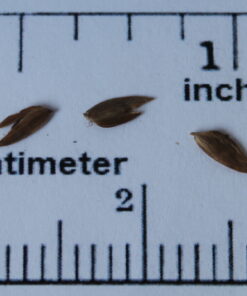
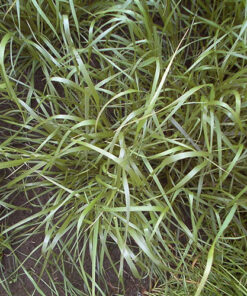
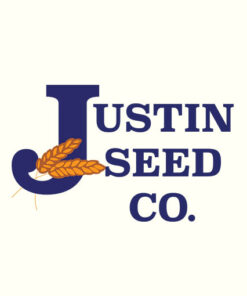
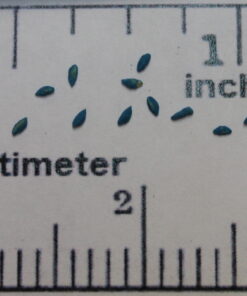

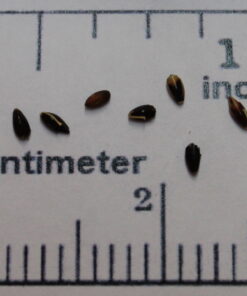
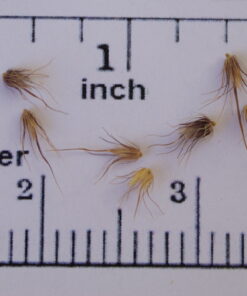
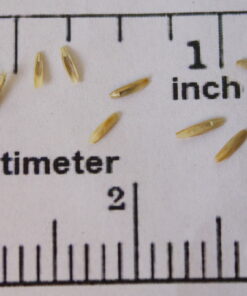
Reviews
There are no reviews yet.